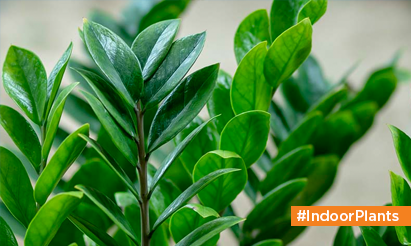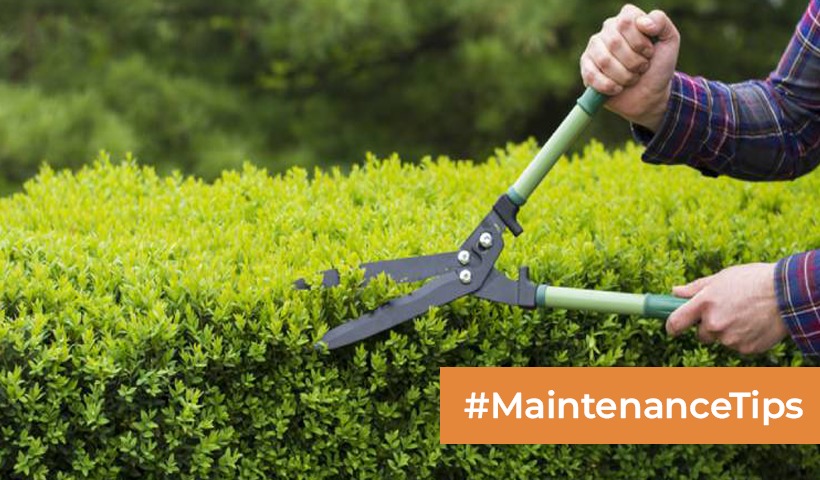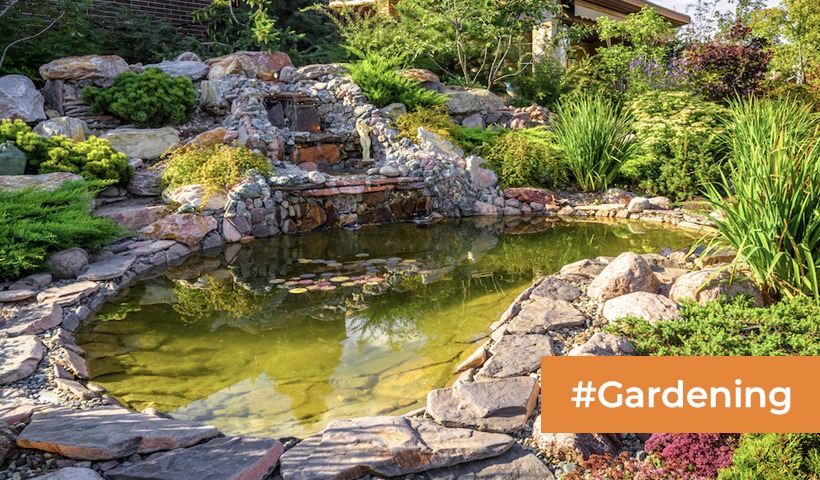The Sweet Journey of Khajur Trees: Growing and Caring Tips Unveiled!
Growing and Caring Tips for Khajur Tree:
- Choose the right location: Khajur trees (Phoenix dactylifera) thrive in warm climates and require full sun exposure. Select a spacious area in your garden or yard where the tree can receive abundant sunlight.
- Soil requirements: The khajur tree prefers well-draining soil that is rich in organic matter. Ensure the soil has good drainage to prevent waterlogging, as the tree is susceptible to root rot.
- Planting process: Dig a hole that is wider and deeper than the root ball of the sapling. Place the sapling in the hole, ensuring that the top of the root ball is level with or slightly above the soil surface. Fill the hole with soil and gently press it down to eliminate air pockets.
- Watering: Initially, water the newly planted khajur tree regularly to help establish its roots. Once established, khajur trees are drought-tolerant but appreciate occasional deep watering during extended dry periods.
- Fertilization: Provide adequate nutrients to the khajur tree by applying a balanced fertilizer during the growing season. Follow the instructions on the fertilizer packaging for the correct application rate and timing.
- Pruning: Prune the khajur tree to remove any dead, diseased, or damaged fronds. Also, remove any suckers or offshoots that emerge from the base of the tree to maintain its shape and enhance airflow.
- Pest and disease control: Monitor the khajur tree for common pests like aphids, scales, and mites. Use organic insecticides or horticultural oils to control infestations. Additionally, watch out for diseases such as fungal infections and rot, and promptly address them with appropriate treatments.
- Mulching: Apply a layer of organic mulch, such as wood chips or compost, around the base of the khajur tree. Mulching helps conserve moisture, suppresses weeds, and improves the soil structure.
- Protecting from extreme cold: Khajur trees are sensitive to frost and cold temperatures. If you live in a region with cold winters, consider covering the tree with a frost cloth or providing additional insulation during the colder months.
- Harvesting dates: Depending on the variety and climate, khajur trees produce fruit within 4-8 years after planting. Harvest the dates when they are fully ripe and have turned their characteristic color. Gently twist and remove the ripe dates from the tree.
Remember that khajur trees are tall and require ample space to grow. Ensure you have adequate room for their height and spread before planting. It’s also advisable to research specific varieties and consult local gardening experts for advice tailored to your specific climate and conditions.
Disclaimer: The views expressed above are for informational purposes only based on industry reports and related news stories. PropertyPistol does not guarantee the accuracy, completeness, or reliability of the information and shall not be held responsible for any action taken based on the published information.
(Visited 227 times, 1 visits today)



